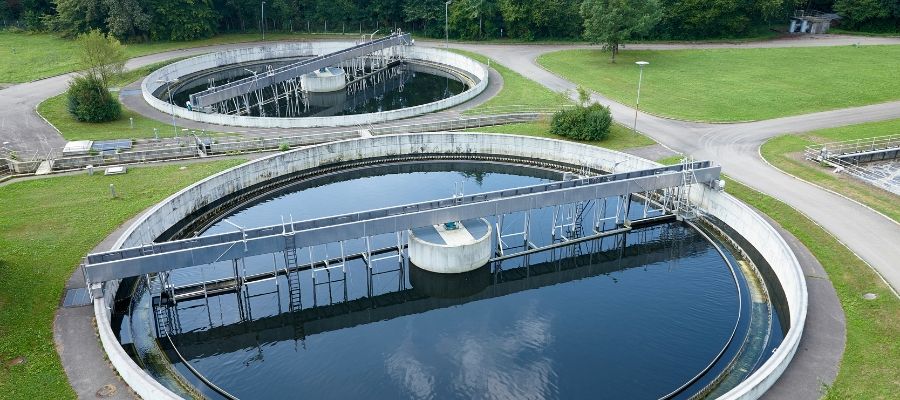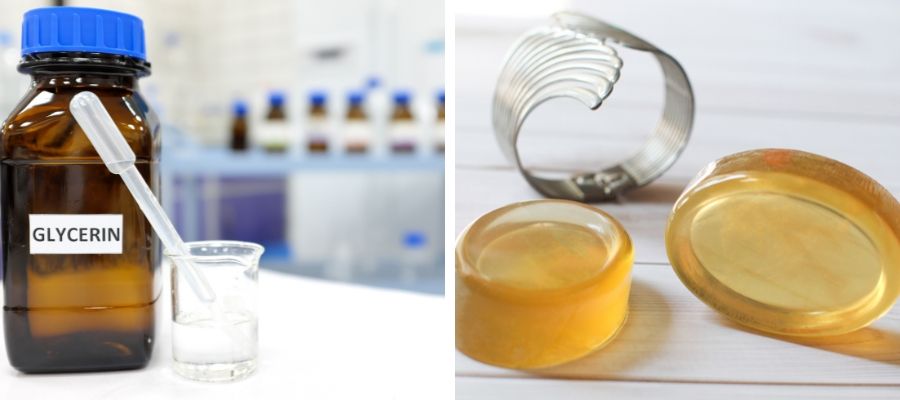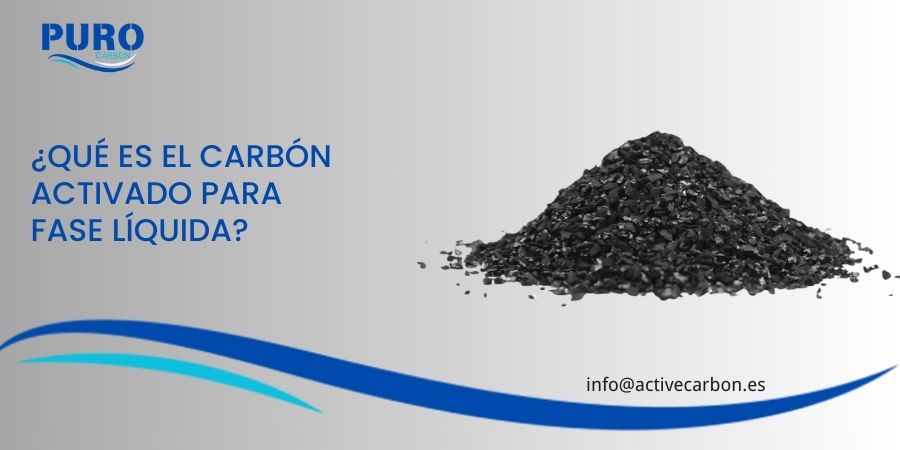Liquid-phase activated carbon, as a versatile and effective material, plays a key role in water treatment and other liquid purification processes. This article delves into the definition, properties, production process and wide range of applications of liquid-phase activated carbon. Whether you are an industry professional or a reader interested in environmental technology, this article will provide you with a comprehensive understanding of
What Is Liquid Phase Activated Carbon?

Liquid phase activated carbon is a type of activated carbon specifically designed for use in liquid environments. It is a highly porous carbon-based material with a huge internal surface area and powerful adsorption capacity.
Unlike gas-phase activated carbon, liquid-phase activated carbon is specially treated to optimize its performance in liquids, particularly in aqueous solutions and other liquid media.
Liquid phase activated carbon can be manufactured from various raw materials, including coconut shell, charcoal and wood. At PuroCarbon S.L., we offer various types of liquid phase activated carbon to meet different industrial needs. For example, our coconut shell activated carbon y carbon-based activated carbon are suitable for liquid phase applications.
Request a QuoteLiquid Phase Activated Carbon Characteristics
Liquid phase activated carbon has several key characteristics that make it excel in liquid purification:
- High specific surface areaLiquid phase activated carbon has a huge internal surface area, generally between 500-1500 m²/g, providing numerous active sites for the adsorption process.
- Diversified pore structureIncludes micropores, mesopores and macropores, capable of efficiently adsorbing molecules of different sizes.
- Chemical stabilityRemains stable in most liquid environments, resistant to decomposition or release of harmful substances.
- High adsorption capacityAble to adsorb large quantities of organic compounds, chlorine, heavy metals and other contaminants.
Activated Carbon Production Process For Liquid Phase
The production of liquid phase activated carbon involves the following main steps:
- Raw material selectionChoice of suitable materials such as coconut shells, charcoal or wood.
- CarbonizationHeating of the raw material in a low oxygen environment to eliminate most of the non-carbonaceous elements.
- ActivationIncrease in porosity and surface area of the material by physical or chemical methods. Physical activation generally uses steam or carbon dioxide, while chemical activation may involve the use of chemical reagents such as phosphoric acid or zinc chloride.
- Screening and treatmentClassification according to desired particle size and possible additional surface treatment to optimize liquid phase performance.
- Quality controlPerformance of various tests to ensure that the product meets specifications and performance requirements.
At PuroCarbon S.L., we rigorously control every step of production to ensure that our liquid phase activated carbon products meet the highest quality standards.
Request a QuoteLiquid Phase Activated Carbon Applications
Liquid phase activated carbon has a wide range of applications in various fields:
Water treatment

- Municipal drinking water purification
- Industrial wastewater treatment
- Groundwater remediation
Food and beverage industry
- Discoloration and purification of liquid foods
- Elimination of unpleasant tastes and odors
Pharmaceutical industry

- Purification of drugs and intermediates
- Elimination of impurities in production processes
Chemical industry

- Solvent recovery and purification
- Catalyst support
- Glycerol discoloration
Environmental remediation
- Removal of contaminants from soils and water bodies
At PuroCarbon S.L., we offer various types of liquid phase activated carbon, including granular activated carbon y powdered activated carbonto meet the needs of different applications.
Request a QuoteLiquid Phase Activated Carbon Selection and Optimization
Selecting the right liquid-phase activated carbon is crucial to ensure optimum performance. Here are some factors to consider:
- Target pollutantsDifferent activated carbons have varying adsorption capacities for specific contaminants.
- Particle sizeGrain size affects adsorption rate and pressure loss.
- Pore distributionInfluences the adsorption efficiency for molecules of different sizes.
- pH valueSome liquid-phase activated carbons work best in specific pH ranges.
- Contact timeAffects adsorption efficiency and treatment capacity.
- Regeneration capacityIf multiple use is required, the regeneration characteristics of the activated carbon should be considered.
At PuroCarbon S.L., our team of experts(consultancy)can help you select the most suitable liquid-phase activated carbon for your specific application and provide optimization advice.
Request a QuoteConclusion
As a versatile and highly efficient purification material, liquid-phase activated carbon plays a crucial role in areas such as water treatment, industrial production and environmental protection. Its unique physical and chemical characteristics make it an ideal choice for removing various contaminants in liquids.
If you are looking for efficient liquid phase purification solutions, or want to know more about liquid phase activated carbon, contact us at info@activecarbon.esOur professional team is ready to provide you with detailed product information and personalized advice.
Frequently Asked Questions
Liquid-phase activated carbon is specifically designed for liquid environments, generally with larger pores and surface chemical properties more suitable for liquid adsorption. Gas-phase activated carbon is optimized for gas adsorption and typically has smaller pores.
Liquid-phase activated carbon can be regenerated by several methods, including thermal, chemical and biological regeneration. The most common method is thermal regeneration, which uses high temperatures to remove adsorbed contaminants.
Yes, liquid phase activated carbon is an environmentally friendly material. It is not soluble in water and does not release harmful substances. In fact, it is often used to improve environmental quality by removing pollutants from water and other liquids.
Determining the amount needed involves several factors, including the volume of the liquid to be treated, the type and concentration of contaminants, and the desired treatment effect. The experts at PuroCarbon S.L. can help you with precise calculations and optimization.
Determining the amount needed involves several factors, including the volume of the liquid to be treated, the type and concentration of contaminants, and the desired treatment effect. The experts at PuroCarbon S.L. can help you with precise calculations and optimization.
